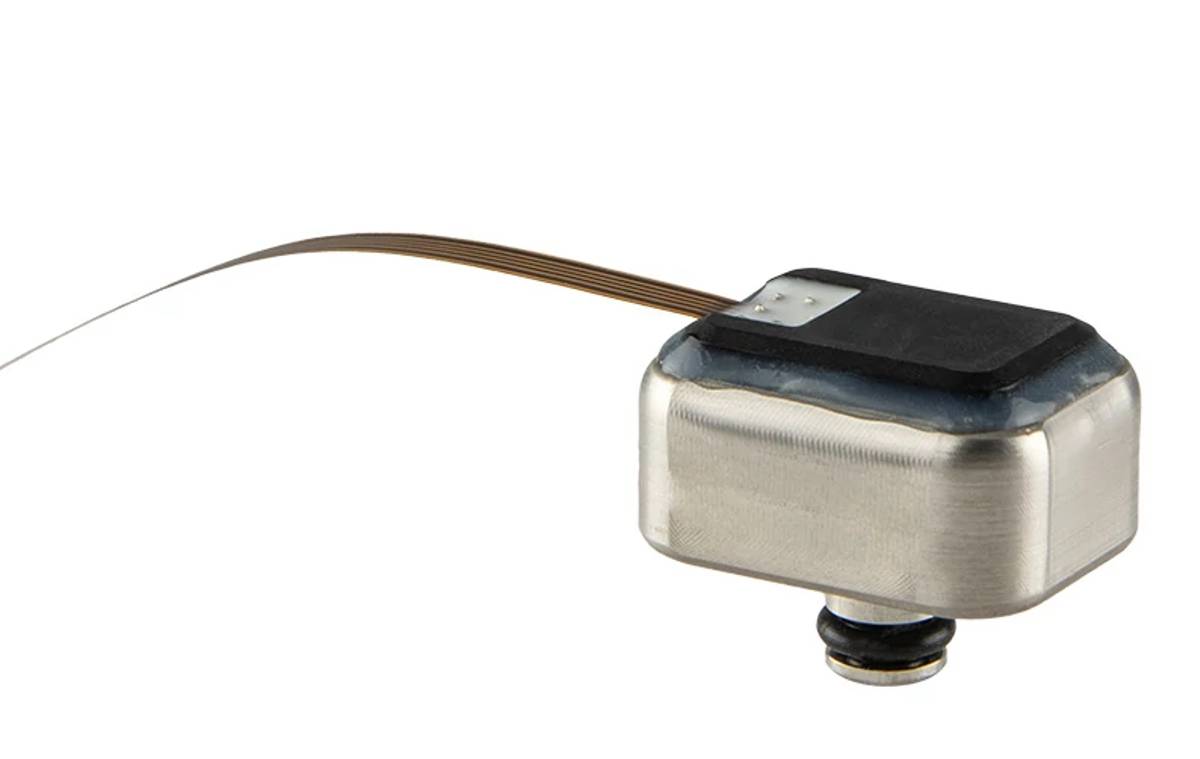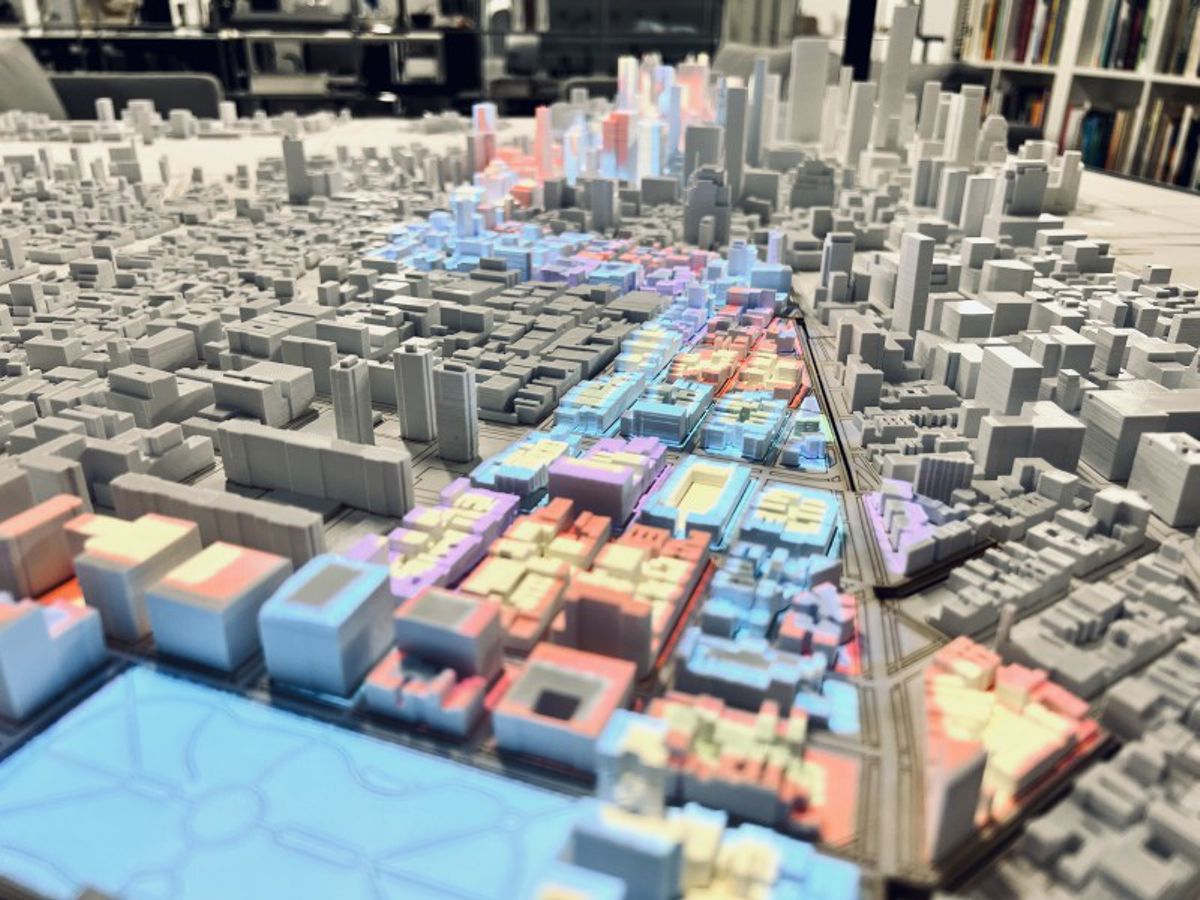Cambridge University’s ground-breaking Road Safety Algorithm
In the bustling world of modern transportation, the intersection of technology and safety is constantly evolving.
A recent breakthrough from the University of Cambridge, in collaboration with the automotive giant Jaguar Land Rover (JLR), promises to steer this evolution in a promising direction. The focus? A state-of-the-art algorithm that could significantly uplift road safety by intelligently gauging a driver’s workload.
Revolutionizing Road Safety with Machine Learning
At the heart of this development is a sophisticated machine learning algorithm. Crafted by the talented minds at Cambridge, this tool aims to predict when drivers can safely interact with in-vehicle systems like traffic alerts or navigation instructions. This algorithm, which blends the intricacies of Bayesian filtering techniques with the practicality of on-road experiments, represents a leap forward in our understanding of driver behaviour and its implications for road safety.
What sets this algorithm apart is its remarkable adaptability. It can swiftly respond to a driver’s changing behaviour, road conditions, and even personal characteristics. This adaptability ensures that the system remains effective across a wide range of driving scenarios.
Adaptive Human-Machine Interactions: A Key to Safer Roads
The algorithm’s potential applications are vast. It could be integrated into various in-vehicle systems, from infotainment to advanced driver assistance systems (ADAS). Imagine a scenario where your car’s navigation system intuitively knows when to offer guidance, ensuring you’re not overwhelmed while navigating a complex junction. This level of adaptive human-machine interaction is not just about convenience; it’s about keeping drivers focused and roads safer.
A Closer Look at the Research and Methodology
The researchers, led by Dr. Bashar Ahmad from Cambridge’s Department of Engineering, embarked on a quest to devise a method that could assess driver workload using standard vehicle data. They employed a modified version of the Peripheral Detection Task, a technique that enabled them to gather subjective workload information in an automated manner.
During the experiments, drivers followed a pre-set route, encountering a mix of rural, urban, and main roads. A simple, yet effective setup involving a phone displaying a navigation route and an LED light was used. Drivers were instructed to press a button when the light turned red, indicating they felt at ease – a low workload scenario.
This ingenious approach, combining video analysis and button response data, allowed the team to pinpoint high workload situations. The data collected was then used to train the machine learning framework, enabling it to profile drivers based on their average workload and to estimate their instantaneous workload in real-time.
Collaboration and Impact
The collaboration between the University of Cambridge and JLR under the CAPE agreement has been instrumental in this project. JLR’s involvement, particularly in experimental design and data collection, underscores the practical implications of this research for the automotive industry.
JLR’s Senior Technical Specialist of Human Machine Interface, Dr. Lee Skrypchuk, highlighted the importance of this research in shaping user-centric vehicle design. This algorithm isn’t just a technical marvel; it’s a tool to enhance driving experiences, ensuring that drivers receive notifications at the most opportune moments, thereby fostering seamless and safe journeys.
Concluding Thoughts
The pioneering work at Cambridge’s Signal Processing and Communications Laboratory, spearheaded by Dr. Ahmad and his team, is a testament to the transformative power of interdisciplinary research. By merging the realms of engineering, machine learning, and automotive design, they have opened new avenues for enhancing road safety.
As this algorithm gears up for potential real-world application, it stands as a beacon of hope for safer, more intelligent roadways. Its ability to adapt to individual drivers and varying conditions promises a future where technology and safety go hand in hand, creating a driving experience that is not only safer but also more attuned to the needs of those behind the wheel.















